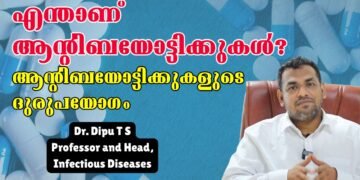Sickle Cell Day 2025
Sickle Cell Anemia is a hereditary blood disorder that affects the shape and function of red blood cells. In healthy individuals, red blood cells are round and flexible, allowing them to flow easily through blood vessels and deliver oxygen efficiently throughout the body. However, in people with sickle cell anemia, a genetic mutation causes the red blood cells to become rigid and shaped like crescents or sickles. These abnormally shaped cells tend to clump together and block blood flow, leading to episodes of severe pain called sickle cell crises, along with fatigue, swelling, and potential damage to organs. The condition is caused by a mutation in the gene that tells the body how to make hemoglobin—the protein in red blood cells that carries oxygen. Sickle cell anemia is most common among people of African, Mediterranean, Middle Eastern, and Indian ancestry. It is a lifelong condition that currently has no universal cure, although treatments such as pain management, blood transfusions, and medications like hydroxyurea can help manage symptoms and improve quality of life. Early diagnosis and consistent medical care are crucial for reducing complications and extending life expectancy.



































Discussion about this post